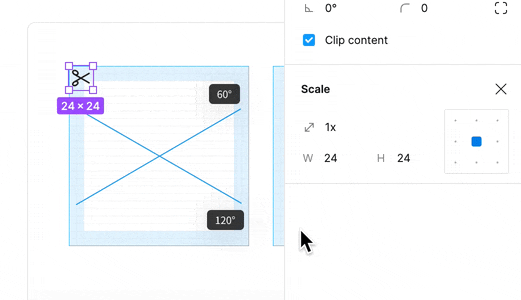I know that outline + flatten is recommended to get consist and ensured shape thanks to Figma’s buggy vector feature, but these destructive editing will make icons hard to be edited in the future.
How do you keep your icon library still editable while flatten every icon at the final step?

